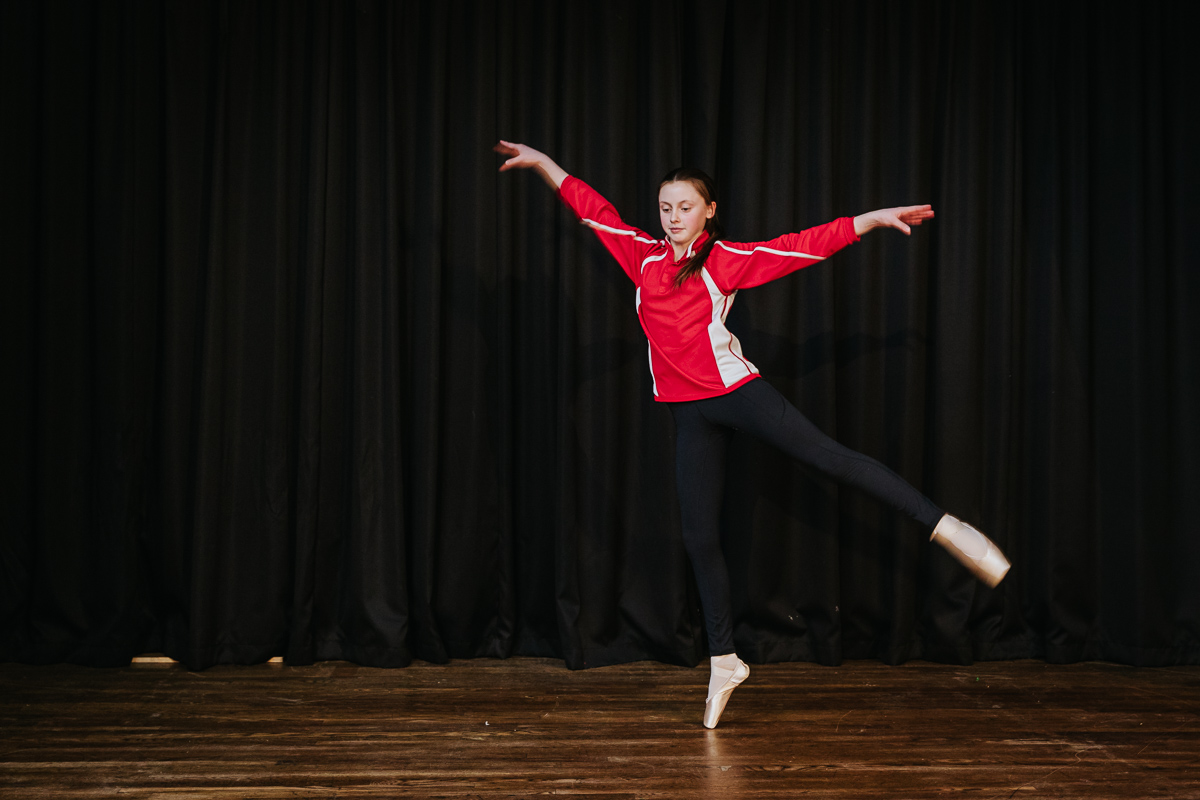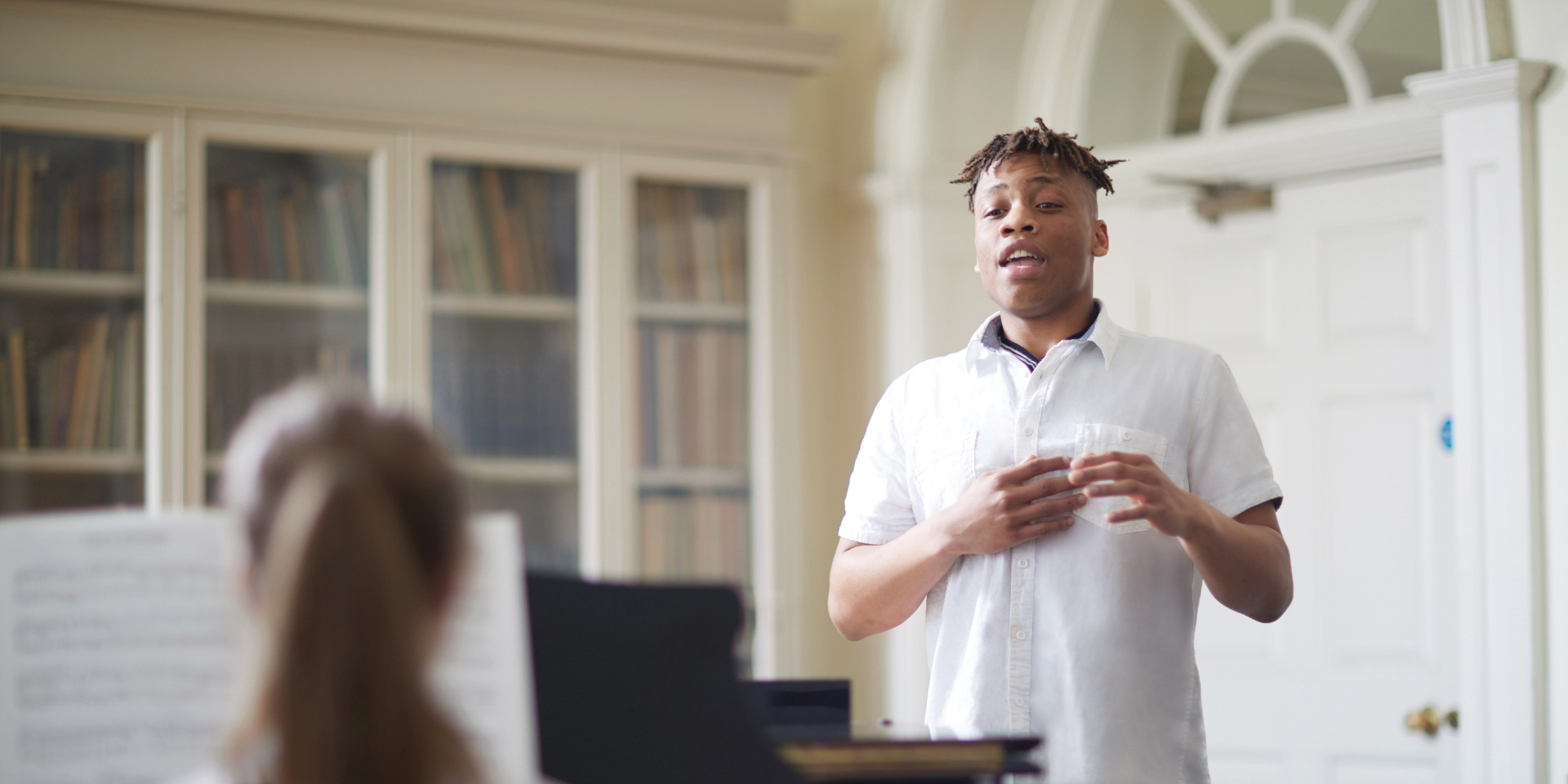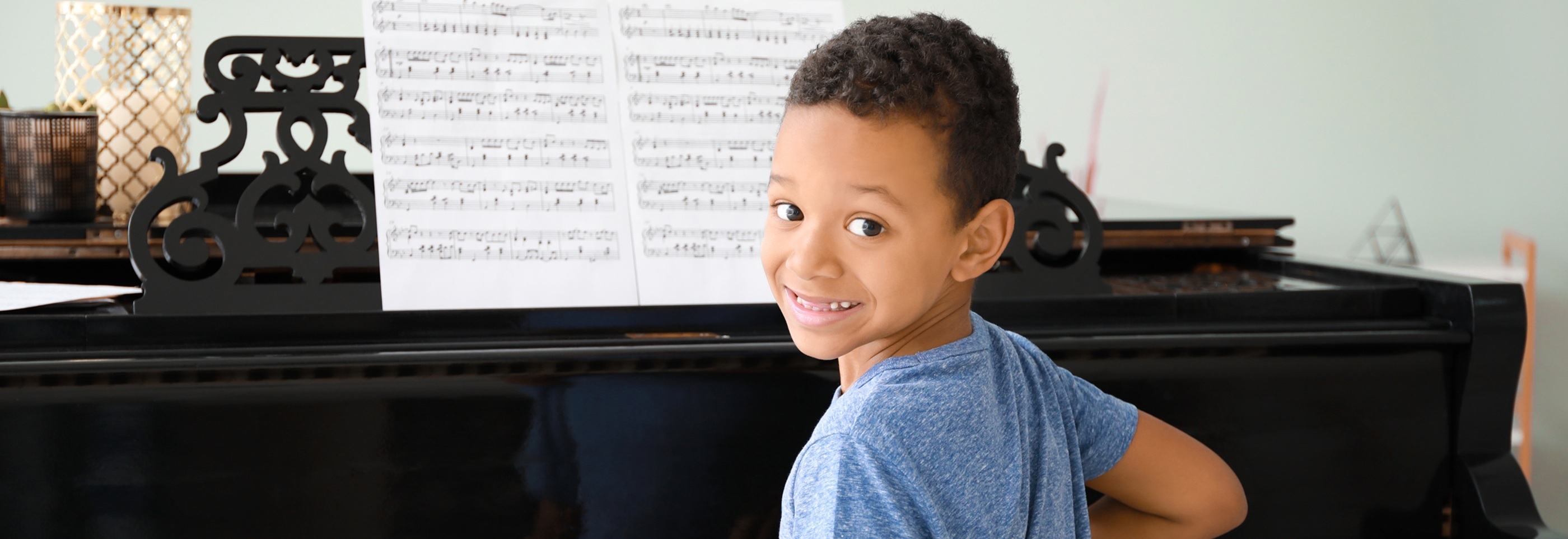
How you can explore a broad range of performance skills in one exam
BY: Nicola King
08 October 2025
In a previous blog we explored the Performance Arts Contributory Skills task, and how candidates could put together a programme that included Contributory Skills. In this blog we turn our attention to Performance Skills…
Performance Arts exams suit candidates who have a broad range of skills, as candidates are asked to put together a performance sequence that includes a number of different performance skills. The range of possible performance skills is vast and could include:
- playing a musical instrument
- a magic act
- puppetry
- a performance achieved through use of recorded media eg film/audio
- performing a poem or rap
- a dance performance (including any number of dance genres such as contemporary, ballet, Indian dance etc)
The Performance Arts specification is all about the art of performance. We are assessing the candidates’ ability to share a prepared performance programme with an audience, and for it to have a sense of narrative, that engages and entertains and demonstrates ownership and shows control over their chosen skills. As any performance skills can be offered, the examiner might not be an expert in that field (say playing a sitar or Irish dancing) but it is the overall performance and the communication of ideas that are being assessed.
With so many options available, it may be difficult to picture how candidates can put together different skills to make a programme, so let’s look at some examples for different grades;
At Entry and Foundation levels (Initial, Grades 1–3) candidates demonstrate their performance skills, increasingly focusing on performing with clarity and accuracy, and demonstrating some awareness of audience.
At Initial and Grade 1 the candidate is asked to demonstrate one performance skill. At Grade 2 this increases to two performance skills, at this grade skills can be offered separately so, for example, the candidate could perform an extract of prose and then demonstrate their skills playing the piano. There does not need to be a connection between the two skills.
From Grade 3 onwards the candidate is asked to give a continuous performance sequence meaning that one skill should feel linked to the other and, for the audience, the whole task would feel like watching one cohesive performance, rather than a demonstration of two separate skills. So, for example, if a Grade 3 candidate were performing a monologue and a tap dance, they may finish their monologue and, while they were putting on their tap shoes, they could devise a short piece of dialogue, eg ‘Oh who left those shoes here? I wonder if they fit me? Let’s try them on!’ etc. Then, once the shoes are on, they would go into their dance; this way one skill transitions into the other in a way that feels like it is still part of a performance.
At Intermediate level (Grades 4–5), the expectation for how the performance skills are linked develops, as the syllabus states ‘Character, mood, theme or narrative should be clear in the performance’. For example, at Solo Grade 5 Task 1 the candidate may choose to sing ‘Edelweiss’ from The Sound of Music, moving seamlessly into an abstract dance piece, using the music of the same song, but this time moving to it rather than singing alongside it – by using the same music the candidate is creating a narrative link between the pieces and the skills.
For a Grade 5 Pair exam, candidates could perform a duologue, and then move into an original piece of ‘two voice’ poetry that they have created about the characters from their duologue- the characters create the link between the pieces.
Or in a Grade 5 Group exam, where candidates are performing three performance skills, candidates could perform a piece of mask work that transitions into a piece of physical theatre, the themes of both pieces taken from an extract from a play, which the group then performs.
At Advanced level (Grades 6–8), the emphasis is on the performance programme and how the skills demonstrated facilitate communication of meaning. Candidates are expected to perform with a higher level of technical competence, and they should be presenting increasingly demanding material and an increasingly secure connection between the skills through their performance programmes. The examiner is looking for skills, equally illustrated, in each task, but which work together to make ONE cohesive programme of work. This is a skill in itself and requires an imaginative, flexible approach.
An example of a Solo Grade 7 Task 1, where candidates are asked to give a continuous performance sequence demonstrating three performance skills, could be:
The candidate might offer puppetry, acting and rap. The candidate may start the programme with a monologue. Halfway through the monologue they produce a puppet, with the same costume as the candidate— the puppet is the candidate — the candidate voices and moves the puppet, speaking the remainder of the monologue, perhaps changing the mood to something that is much darker in content. At the end of the monologue, and in response to the last line, a rap baseline is played, which links to the content of that last line and they deliver a sequence which responds to and develops the subject matter.
A Pair Grade 7 exam could begin with the pair singing a traditional folk song, which then transitions into an instrumental performance, both candidates playing guitar, before finally performing a piece of folk- inspired poetry, creating a narrative link between all pieces.
A Group Grade 7 performance, where the candidates have chosen to demonstrate five performance skills and two contributory skills, could look like this:
With the theme of ‘Join the circus’ one candidate, in character as the ‘Ringmaster’, performs a monologue introducing and inviting the audience into the circus, the last lines of this act are repeated in the first lines of the song ‘Join the circus’ from Barnum the Musical Comedy, which the whole group then performs, the song turns into a choreographed dance, set to the same music. At the end of the dance members of the group, dressed as clowns, begin a clowning performance interacting with one another and using slapstick and physical comedy, until one of the clowns pulls a magic wand from their pocket and performs a series of magic tricks in a magic act.
There is a vast range of possible skills that might be offered in a Performance Arts exam- so in every instance, the candidate needs to be clear about where the element of performance lies. Candidates written programmes should detail not just the pieces being performed but the skills being demonstrated during each piece, so that the examiner knows what skills they are assessing.
Performance Arts exams can allow candidates to create a truly individualised performance programme, exploring multiple different art forms, in our most unique and exciting exam!
To learn more take a look at this ‘What is a Performance Arts exam’ video where you will hear from our Lead Senior Examiner.




Comments & Replies